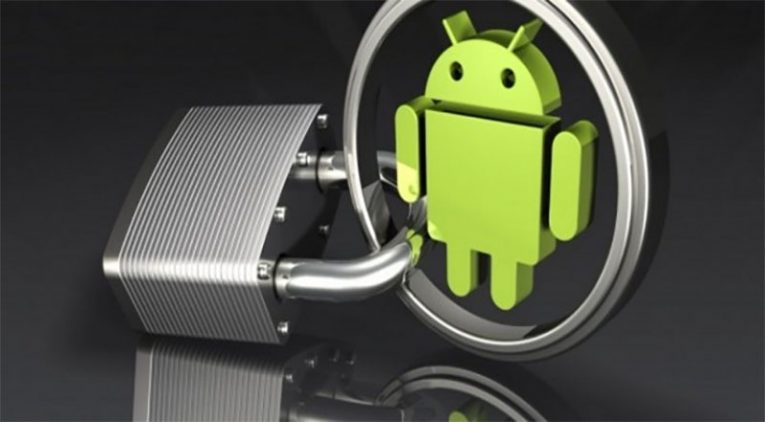What Is Device Encryption and How to Encrypt Your Android Phone?

Considering all the shenanigans that cyber-attackers can pull these days, the security of one’s personal data is of paramount importance, now more than ever. Presumably, this is what has prompted the developers of Android to give its users the tools needed to secure any Android device right out of the box.
Table of Contents
What is Device Encryption, and Why is it Relevant?
Device encryption is an extra layer of protection for all of the data stored on your Android device. It does not protect said device from external threats, nor does it make your communications private or unreadable, etc. What device encryption actually does is convert all of the data on your device into a form that can only be accessed by inputting the correct credentials first. Note that while this may look similar to what a regular lock screen or password, the protection it provides is much more comprehensive. Think of it this way a lock screen just hides your data behind a door that may be forced by crafty hackers. However, if you actually encrypt your device, all anyone will find on it if they don’t know your password will be a bunch of unusable files.
Once encrypted, all the data stored on the device will need to be decrypted to be read. Note that you don’t need to do so for every process you initiate or every file you access on your device. Once you enter your passcode upon boot up or when you unlock the device, you don’t need to worry about any of that until the next time you do one of those things.
So if encryption makes your device that much safer, why isn’t it the default setting? Well, while device encryption certainly provides an extra layer of security, it does have a couple of issues. Every time you wish to avail yourself of the data on your device, said device needs to jump through an extra hoop in order to render it usable from its default encrypted state. Doing so requires additional processing power, which will take a toll on the performance of the device. These general performance issues depend on the device itself, with older devices suffering the most lag, and newer and more powerful handsets barely registering any difference at all.
Unfortunately, not all Android devices offer an option to reverse the encryption process once it has been put in place. This means that for most Android users who want to remove encryption from their device for any reason, the only way to do so is to perform a factory reset, which will, in turn, delete all their data.
How to Encrypt an Android Device Running Android 5.0 or Higher
- On your device, go to „Settings“.
- Go to “Personal”.
- Go to “Security”.
- Choose “Encrypt phone” or “Encrypt tablet”.
- Plug your phone in to charge while the process takes place. This is necessary, so your phone doesn’t shut off and cause errors in the encryption.
- At this point, you will have to set a lock screen PIN or password. Remember this PIN or Password well, because you will need to input it every time you want to turn on or unlock your device.
- Wait for the encryption process to finish. This should take about an hour, depending on your device and the number of files you have stored on it.
How to Encrypt an Android Device Running Android 4.4 or lower
- On your device, go to "Settings“.
- Go to “Personal”.
- Go to “Security”.
- Set a lock screen PIN or password.
- Choose “Encrypt phone” or “Encrypt tablet”.
- Plug your phone in to charge while the process takes place. This is necessary, so your phone doesn’t shut off and cause errors in the encryption.
- Choose “Encrypt phone” or “Encrypt tablet”.
- Wait for the encryption process to finish. This should take about an hour, depending on your device and the number of files you have stored on it.








